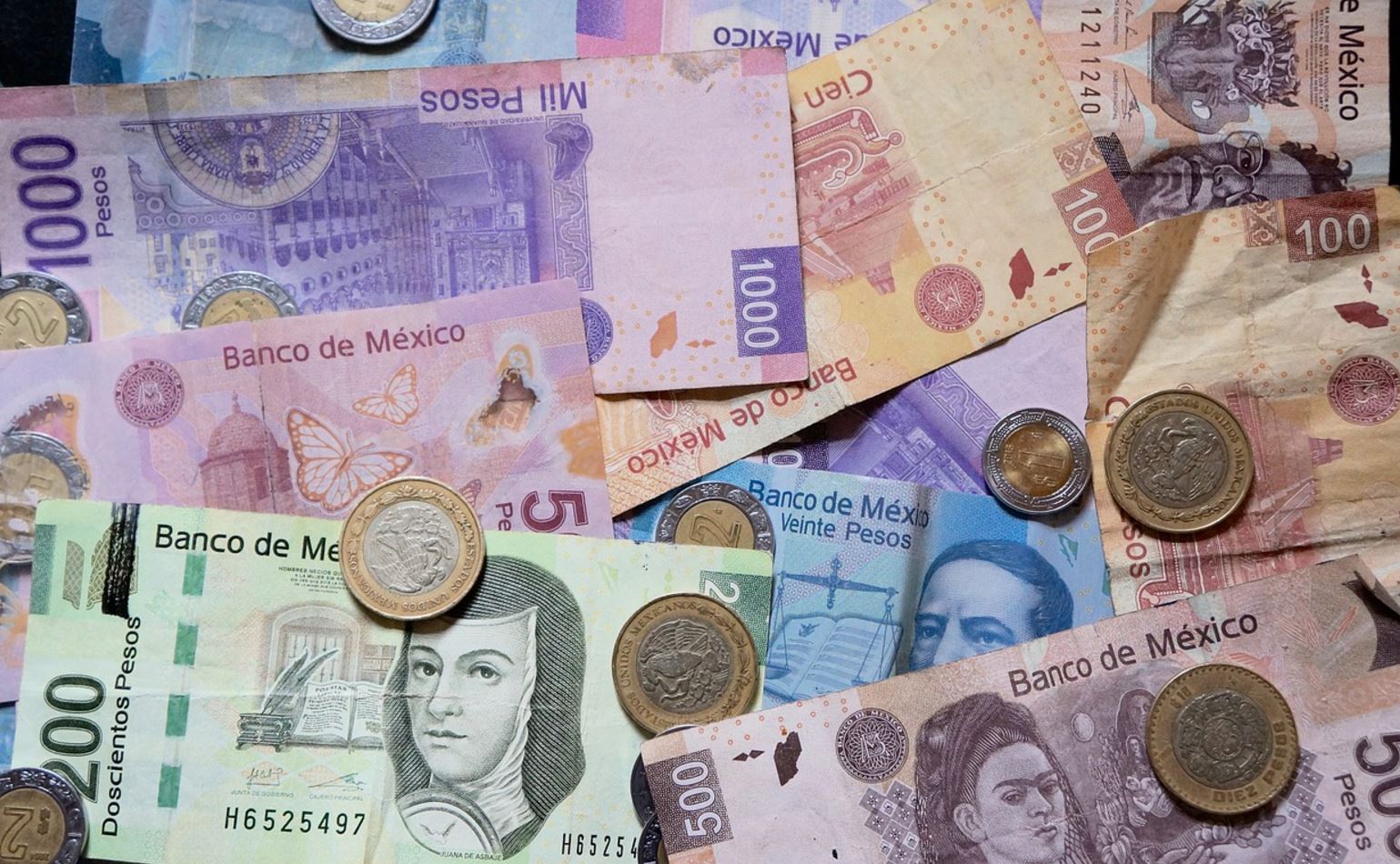Despite the ups and downs of global markets in recent years, the fund industry in Mexico has seen strong demand from a client not usually at the center of the financial industry’s attention: the retail investor. The local investment vehicle market is experiencing explosive growth in the number of clients, with millions of accounts opened in just a couple of years.
The numbers illustrating this phenomenon are striking. Data from the Mexican Association of Brokerage Institutions (AMIB) shows that the number of clients managed by local firms grew from 4.5 million at the end of 2022 to 11.6 million by the end of 2024. In other words, individual investors more than doubled, adding 7.1 million accounts in just two years.
Moreover, this trend doesn’t seem to be a temporary boom—or at least not something that is slowing down. By the end of the first quarter of this year, the number of accounts had reached 12.8 million, with an annual growth rate of 79%.
In addition, assets under management totaled $219.857 billion USD in March, according to industry figures, positioning the sector as the third most important pillar in Mexico’s financial market. Altogether, national savings amount to 12.7% of the country’s GDP, surpassed only by banking (27%) and Afores (21%).
Industry players are witnessing this boom firsthand. At GBM Fondos de Inversión, accounts have surpassed 15 million. “Back in 2018, all brokerage houses in the country combined had 229,000 accounts. Today, we alone open 229,000 accounts every three weeks. That reflects investors’ interest in placing their capital in more profitable options, as a basic need,” says Fernando Ramos, CFO of the firm, in an interview with Funds Society.
What’s Driving This Phenomenon?
Various actors in the local financial scene point to a combination of factors, including macroeconomic dynamics, the industry’s offerings, the arrival of new generations of investors, and technology.
Interest Rates and Economic Initiatives
Among a range of local economic factors—including the strengthening of Mexico’s economy, relative stability in trade relations with the global superpower (the U.S.), and its “demographic bonus”—professionals consistently highlight interest rates.
“With nominal interest rates recently reaching up to 11%, and real rates up to 6.5%, Mexican investors realized there were alternative investment vehicles that could offer similar returns with the same safety as banks,” explains Jorge Gordillo Arias, Head of Research at CI Banco. He stresses, however, that this doesn’t mean banks are losing customers, but rather that investments are diversifying within the Mexican market.
Additionally, macroeconomic fundamentals and government initiatives have helped fuel the dynamic. “The rise in nominal and real interest rates sparked appetite for investment in Mexico,” says Gabriela Siller Pagaza, Head of Research at Banco Base. “But we must also recognize that governments have done their part for some time now.”
Specifically, she highlights programs like Cetes Directo (created in 2010), which offers returns similar to Treasury Certificates (Cetes)—the main investment instrument issued by the Mexican government—without intermediaries that reduce yields. “That, along with returns of up to 11% in recent years, opened the appetite of local investors. Especially since the compounding effect—something traditional investments don’t offer—makes mutual funds a real magnet for capital of all sizes,” she adds.
Advancements in the Local Industry
At the company level, several trends have supported the influx of retail investors. One factor cited by Roberto Cano, General Director of Operadora Valmex de Fondos de Inversión, is multichannel accessibility, particularly through digital channels.
This has made it easier for customers to open accounts and manage transactions directly from their mobile phones. While this trend has been ongoing, it accelerated significantly in recent years.
Regarding product offerings, Cano also notes that individuals in Mexico are now more informed about investment options. The industry has leveraged the advantages of mutual funds over fixed-term deposits. These, he says, “offer a fixed rate, you can’t withdraw your money for a set period, they try to sell you a bunch of add-ons that have nothing to do with investing, and they don’t provide real advice to help individuals determine where it’s best to invest and diversify.”
That said, Cano highlights the issue of concentration in the Mexican fund market. Nearly 75% of volume is in debt or fixed-income funds, and 25% in equity funds. However, he notes, this is an improvement: it used to be 90% fixed income and 10% equity.
Financial Advisors: A Key Piece to Boost the Retail Segment in Mexico
Favorable market conditions and industry developments have driven the rise of individual investors in Mexico, but professionals emphasize a critical piece for future growth: financial advisors. “For Mexico to become a country of investors, it must also become a country of advisors,” says Fernando Ramos, CFO of GBM Fondos de Inversión, to Funds Society.
GBM has been significantly expanding its advisor team—from 50 professionals in 2018 to over 350 nationwide today.
“And that’s just the beginning. For example, the country’s insurance industry has more than 60,000 advisors, while there are only around 9,000 people certified under ‘Figure 3’, the designation that allows them to provide investment advice,” Ramos notes.
Given the size of Mexico’s population and the identified needs, GBM estimates that “we should aim for 70,000 investment advisors to meet market demand.”
From Operadora Valmex, General Director Roberto Cano agrees on the importance of the advisor’s role, noting the high growth potential in Mexico’s wealth management market.
“It’s very important because studies and experience show that wealth clients need the right advice and the ideal product to meet their life goals,” he emphasizes. While the general public already has the practice of investing, he adds, “we still need to elevate that into how they should invest, receive proper advice, and access the products that best meet their needs.”
This article was published on page 33 of Issue No. 43 of Funds Society Américas. Click here to access the magazine!




